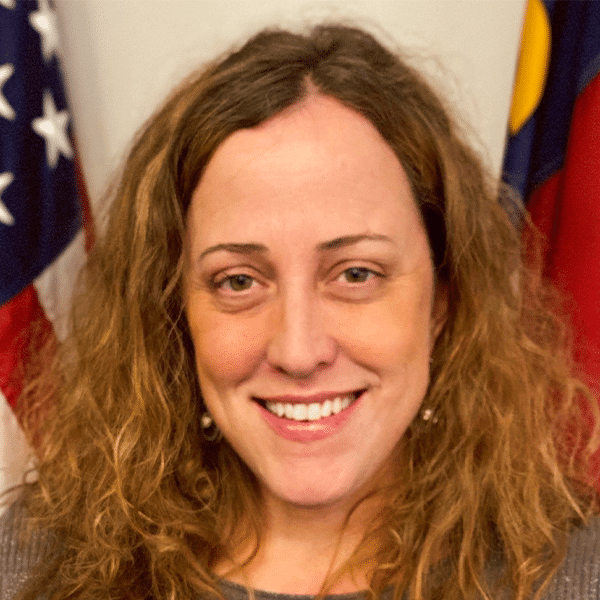 FCC Chairman Ajit Pai today announced a proposal to award $20.4 billion over 10 years to go toward rural broadband networks. The commission is calling the initiative the Rural Digital Opportunity Fund. The funding would go toward price cap carrier territories and would be repurposed from the portion of the high-cost Universal Service Fund dedicated to those territories, an FCC official explained in response to an email from Telecompetitor.
FCC Chairman Ajit Pai today announced a proposal to award $20.4 billion over 10 years to go toward rural broadband networks. The commission is calling the initiative the Rural Digital Opportunity Fund. The funding would go toward price cap carrier territories and would be repurposed from the portion of the high-cost Universal Service Fund dedicated to those territories, an FCC official explained in response to an email from Telecompetitor.
Price cap carriers in 2015 accepted more than $1.5 billion annually in funding to bring broadband at speeds of at least 10 Mbps downstream and 1 Mbps upstream to parts of their territories that didn’t have service available at those speeds. Funding was for six years, which means that the program expires in 2021. According to the FCC official, that will free up funding for the proposed program.
Pai announced his proposal at a White House event today as part of an announcement with President Trump that also included plans to make more spectrum available for 5G through an auction of spectrum in the upper 37 GHz, 39 GHz and 47 GHz spectrum bands now scheduled to start December 10, 2019.
“5G networks must be secure, they must be strong, they must cover every community and be deployed as soon as possible,” said Trump. He also noted that “my administration is focused on freeing up as much wireless spectrum as is needed.”
“America must win the race to 5G” and freeing up spectrum will be critical to achieving that goal, said Pai.
Pai also said that the proposed Rural Digital Opportunity Fund would extend to broadband to up to four million homes and small businesses.
Rural Digital Opportunity Fund
Pai proposes using a reverse auction to award funding for the Rural Digital Opportunity Fund. Details would need to be resolved but considering how pleased the commission was with the results from the Connect America Fund CAF II auction, it’s likely that a similar system would be used. That auction awarded funding for parts of price cap territories for which the incumbent carrier declined funding. It was open to a wide range of network operators and a considerable amount of funding went to non-traditional players such as rural electric cooperatives and fixed wireless internet service providers.
Funding awarded through the CAF II auction went to the company that offered to deploy broadband for the lowest level of support based on a weighting system that favored bids to provide higher-speed, lower-latency service. Because of the weighting system, almost all areas with winning bids will receive service of at least 25 Mbps downstream and 3 Mbps upstream, with more than half of areas receiving 100/1 Mbps service and some receiving gigabit service.
According to Pai’s proposal, areas eligible for the new auction would include those that cannot get service at speeds of 25 Mbps downstream and 3 Mbps upstream. The 2015 program targeted areas that could not get service at speeds of 10 Mbps downstream and 1 Mbps upstream. Carriers were required to deploy service that was at least that fast, and in some cases, they are deploying service of at least 25/3 Mbps. In other cases, though, they are deploying the 10/1 Mbps minimum – which could mean that some locations upgraded in the 2015-2021 period could be eligible for a further upgrade in the new program.
There are also some areas that are not yet on tap to get even 10/1 Mbps service. This includes some extremely high-cost areas, as well as areas for which the incumbent price cap carrier rejected funding and which did not receive a winning bid in the CAF II auction. Those areas were expected to be included in a future auction, but if plans for the new fund are adopted, it is not clear whether those would receive a stand-alone auction or would simply be rolled into the Rural Digital Opportunity Fund auction. I suspect it would be the latter, though, as it would likely be more efficient for the FCC to conduct just a single auction.
Spectrum for 5G
The 5G spectrum auction announced for December 10 includes a total of 3,400 MHz of millimeter wave spectrum. At today’s monthly FCC meeting, the commission adopted a public notice that proposes to offer the spectrum in 100-MHz blocks to be licensed by partial economic area. The notice also includes a proposal for how the auction process would be conducted.

